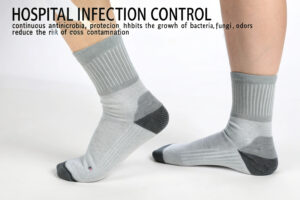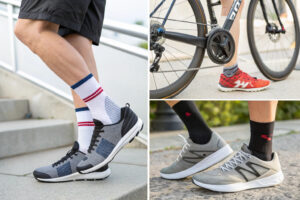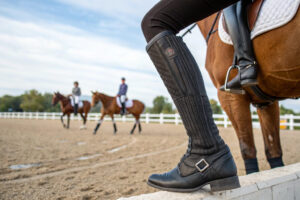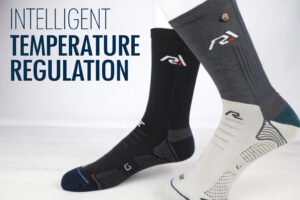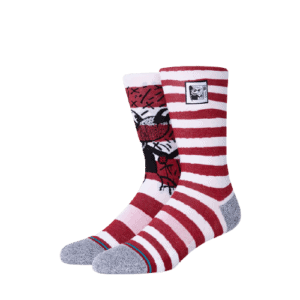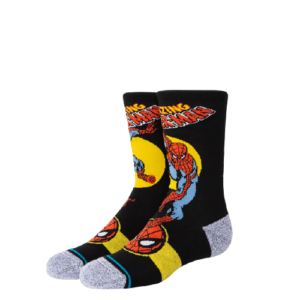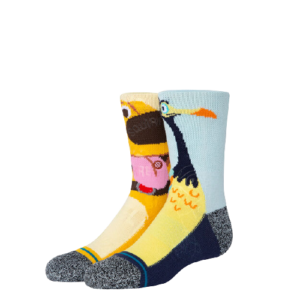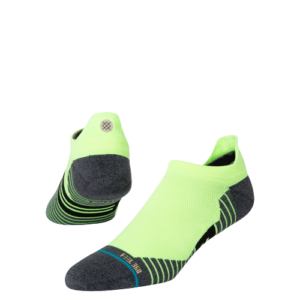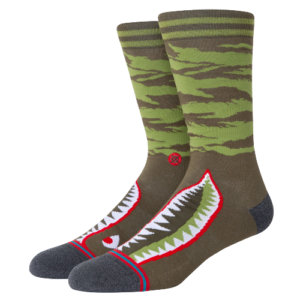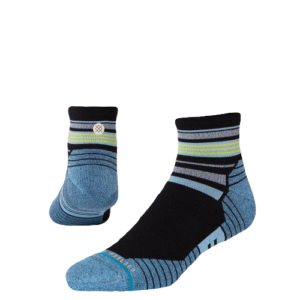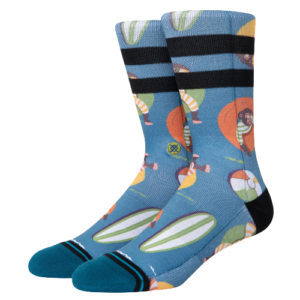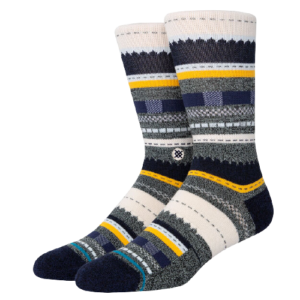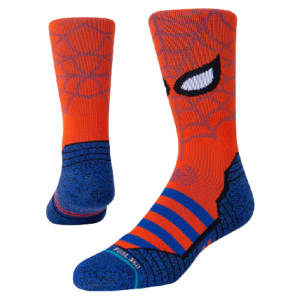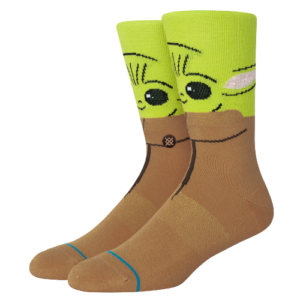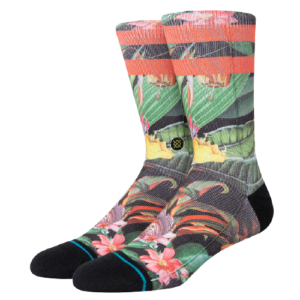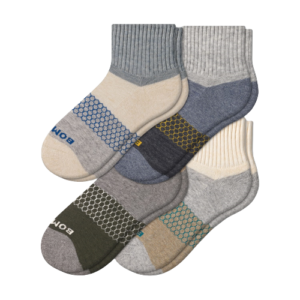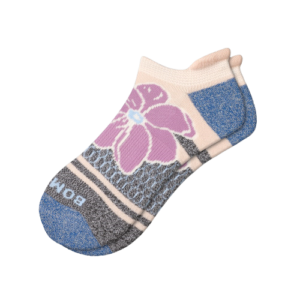In today’s global trade environment, international buyers like Ron in the U.S. are constantly balancing quality, cost, and efficiency when sourcing socks from China. But many overlook one hidden cost driver—packaging. If done poorly, it inflates freight rates, increases damages, and delays customs clearance. That’s where our expertise as a full-service socks manufacturer comes into play.
Optimizing sock packaging for international shipping involves strategic material use, design efficiencies, and regulatory alignment to reduce logistics costs and minimize environmental impact.
At GlobalSock, we don’t just ship socks—we deliver value through well-engineered packaging that improves efficiency across the entire export chain. In this guide, I’ll walk you through how we help buyers like Ron unlock better margins and avoid costly mistakes with optimized packaging solutions.
What Packaging Materials Are Best for Exporting Socks?
With container space at a premium and import regulations becoming stricter, the choice of packaging materials is more than an aesthetic decision. It’s about function, compliance, and sustainability. Let's explore what works best.
We use lightweight, eco-friendly materials that meet both global compliance and client branding goals.
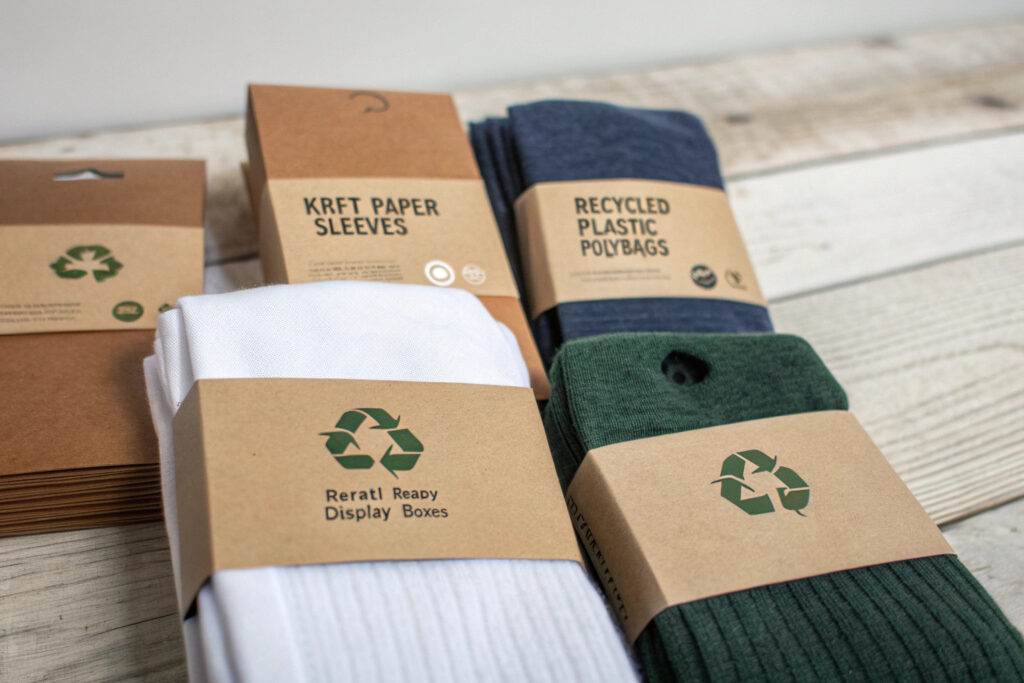
Why Use Eco-Friendly Materials for Sock Packaging?
More brands are pushing for reduced carbon footprints. We recommend using recyclable kraft paper sleeves, recycled PE polybags, and biodegradable zip-locks. Not only do these meet EU packaging regulations, but they also align with ESG-driven buyer values.
Moreover, lightweight materials lower dimensional weight (DIM) charges in air freight and reduce container volume in sea shipments. For example, our clients saw an average 17% reduction in shipping weight by switching to minimal packaging.
Two top resources for reference:
How to Balance Material Cost and Durability?
Buyers often ask: "Will eco-materials compromise protection?" Our answer is no. We run drop tests and compression trials on every packaging format at our CNAS-certified facility. By using layered corrugated inserts and dual-seal zip polybags, we’ve reduced in-transit sock damage by 95% over the past 3 years.
For long-haul routes like Shanghai–LA, packaging needs to endure humidity, compression, and impact. We engineer for resilience while keeping packaging weights under control.
How to Improve Carton Loading and Space Utilization?
Carton structure and size affect more than stacking—they dictate your freight bill. Optimizing inner pack count and master carton configuration helps cut container waste and ensure seamless loading.
Using AI-optimized cartonization methods, we help clients maximize each cubic inch inside shipping containers.
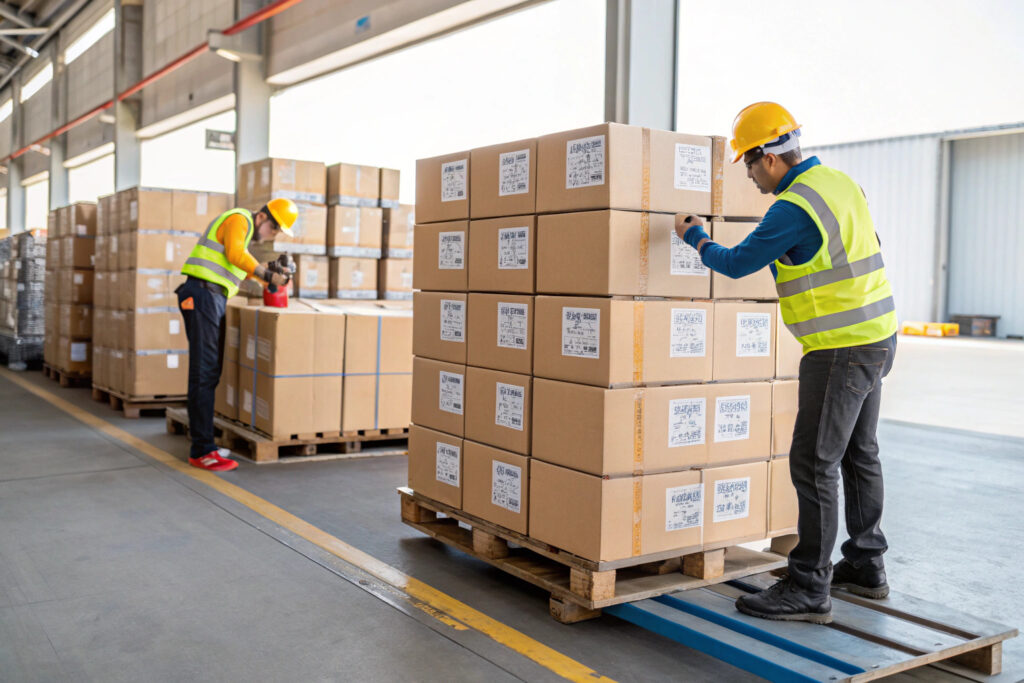
What’s the Ideal Sock Count Per Carton?
For most retailers, we recommend 60–120 pairs per master carton, based on sock type. For ankle socks, we can fit up to 120 pairs without compression. For bulkier thermal socks, 60–80 pairs per box is optimal.
We use a carton calculator tool that factors:
- Sock GSM (grams per square meter)
- Folding method
- Packaging material thickness
- Customs declaration thresholds (e.g., for Section 321 de minimis rules)
Explore similar optimization tools via Freightos carton dimension calculator and Flexport packaging tips.
How Can You Avoid Wasted Container Space?
We use modular carton dimensions (e.g., 60x40x30 cm) to ensure they align with 20FT or 40HC container patterns. For LCL shipments, we prefer palletized stackable boxes with clear carton labels and QR codes for traceability.
Our clients have saved over $2,200 per FCL by simply switching to our cartonized layout system. More efficient containerization also reduces carbon emissions by reducing the number of shipments required annually.
What Are the Labeling and Customs Compliance Requirements?
Getting your socks stuck at customs because of improper labeling is frustrating and costly. Different countries have strict and often varying requirements.
We use automated labeling systems to comply with export requirements for the U.S., EU, and Russia.
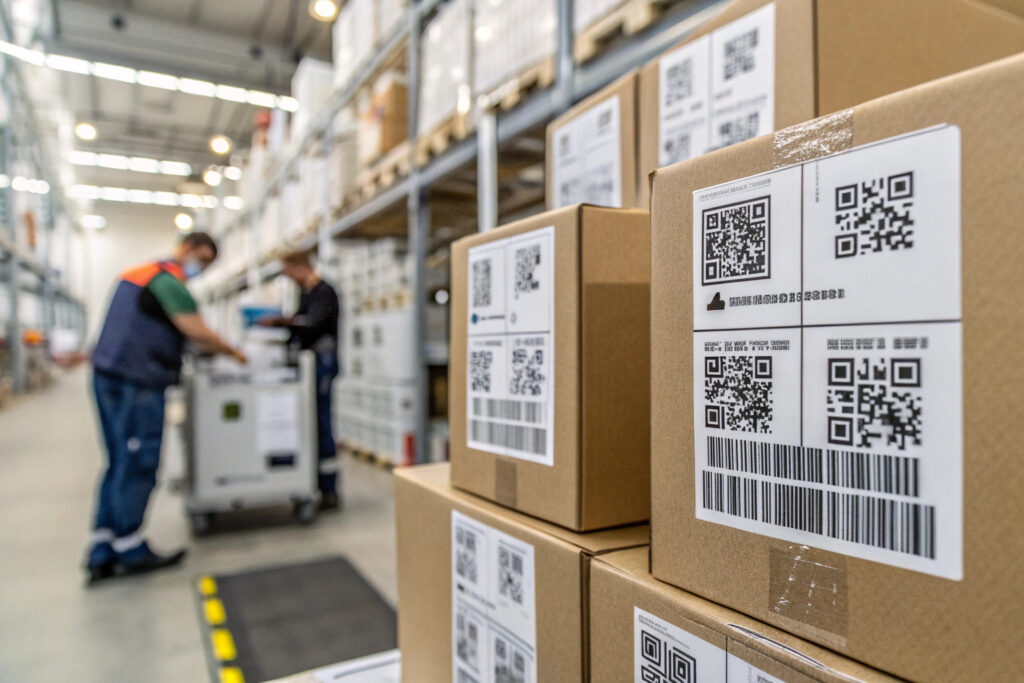
What Info Must Be Included on Export Carton Labels?
Each sock carton we prepare includes:
- HS code (6115.10 for cotton socks, for example)
- Product description
- Country of origin: “Made in China”
- PO number / SKU
- Barcode or QR trace code (linked to testing and QC data)
For U.S. imports, we align with CBP compliance and for Europe, we apply CE labeling standards.
Two must-use guides:
How Do QR Codes Improve Shipment Transparency?
We integrate QR codes that link directly to:
- Fiber content certification (like OEKO-TEX®)
- Test reports (colorfastness, shrinkage)
- QC images from our production line
- Logistics milestones and warehouse checkpoints
This digitalization gives your team and 3PL real-time visibility. We pioneered this system with our Walmart-backed projects in 2022, reducing client disputes by 83%.
How to Customize Retail-Ready Packaging Without Slowing Fulfillment?
Your brand identity matters—even in bulk orders. But too often, custom packaging slows production. Not at GlobalSock. We’ve streamlined custom packaging at scale.
We use automated die-cut and assembly systems to offer branded retail packaging with 7-day turnaround.
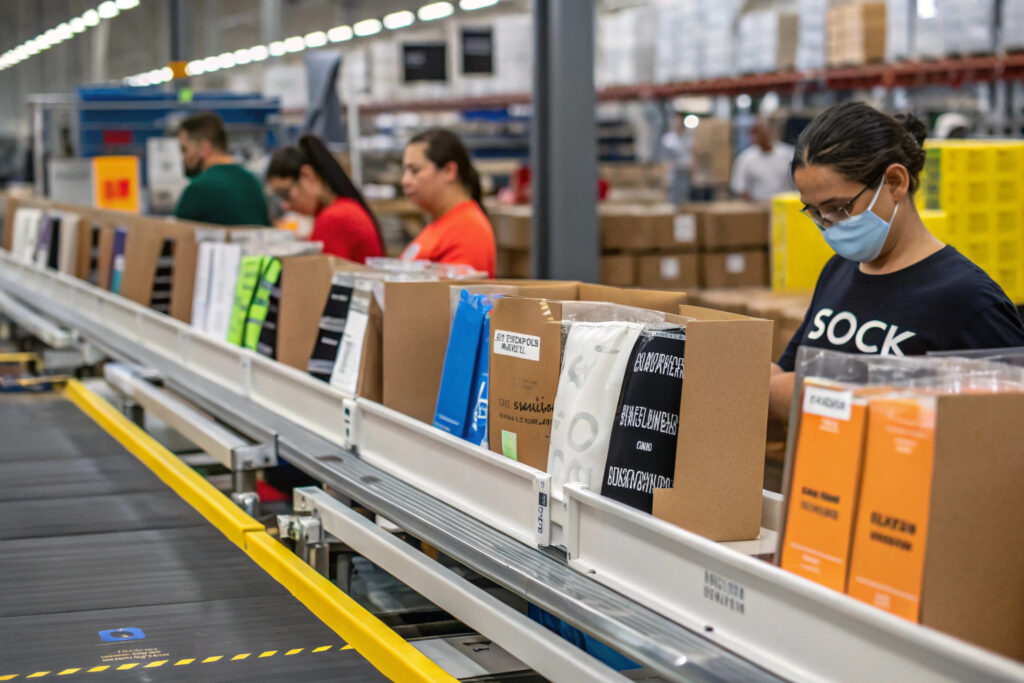
Can You Offer Small MOQ for Custom Packaging?
Yes. We support low MOQs (starting at 500 pairs) for:
- Printed hanger cards with die cuts
- Zip-lock bags with logo prints
- Recycled belly bands and sleeves
We utilize our in-house offset printing and laser die-cut facilities, reducing lead time by 40% compared to outsourced printing. Our clients on Shopify or Amazon FBA love this flexibility.
Two relevant links for packaging design trends:
How to Align Retail Packaging with Online Sales Channels?
We design packaging with both in-store display and eCommerce shipping in mind. For instance, we ensure that packaging fits:
- Standard FBA box sizes
- Envelope mailers for low shipping cost
- Peg-ready or self-standing displays for retail shelves
We also include UPC and QR labeling, aligning with marketplaces like Amazon’s barcode policies and Walmart Marketplace compliance.
Conclusion
Sock packaging is no longer just a logistics detail—it's a competitive edge. Whether you're an American buyer managing container loads or a startup scaling on Amazon, smart packaging makes all the difference. At GlobalSock, we bring deep supply chain insights and end-to-end manufacturing to help you package smarter, ship cheaper, and sell faster.


